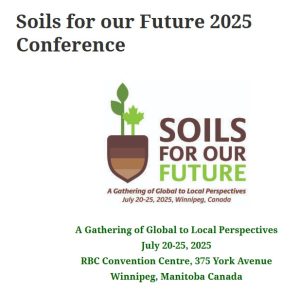Soil is a continuous natural body that has spatial and temporal dimensions (soil cover or pedosphere). Primary organic and inorganic constituents are organized into secondary polyhedral structural units that in turn are assembled into vertical and lateral horizons that comprise soils unique to the environment in which they are formed. The morphogenetic properties that comprise soils are the essential elements of soil classification, interpretation, and land quality. They result from current and paleohistory of soil environments and in turn record many of the environmental signatures that result. Morphogenetic properties are dynamic and anisotrophic in response to other state factor perturbations. The study of the soil cover structures develops knowledge about soil properties and dynamics; it permits the understanding of the genesis of the soil covers.
Soil Morphology
Soil Morphology is the cumulative, macroscopic expression of natural pedogenic processes, as well as management practices, as observed at the profile scale. The description of soil morphology has been the epitome of field level pedology, and continues to be the basis of soil classification systems. Typically, soil morphologyconsiders features including profile horizonation, coloration, texture, aggregation, voids, mineral concentrations, the nature and degree of decomposition of organic layers, as well as plant roots and other indicators of biological activity. Though traditionally providing qualitative or semi-quantitative information, the adaptation of digital imaging techniques provides quantitative data that is fundamental for modelling soil behavior in the landscape.
Soil Micromorphology
Soil Micromorphology is study of bulk and undisturbed soil samples with microscopic and submicroscopic methods to identify their constituents and interpret their composition, distribution, change and relationships in space and time. Soil micromorphology is typically applied to environmental, agricultural, archaeological and industrial problems.

